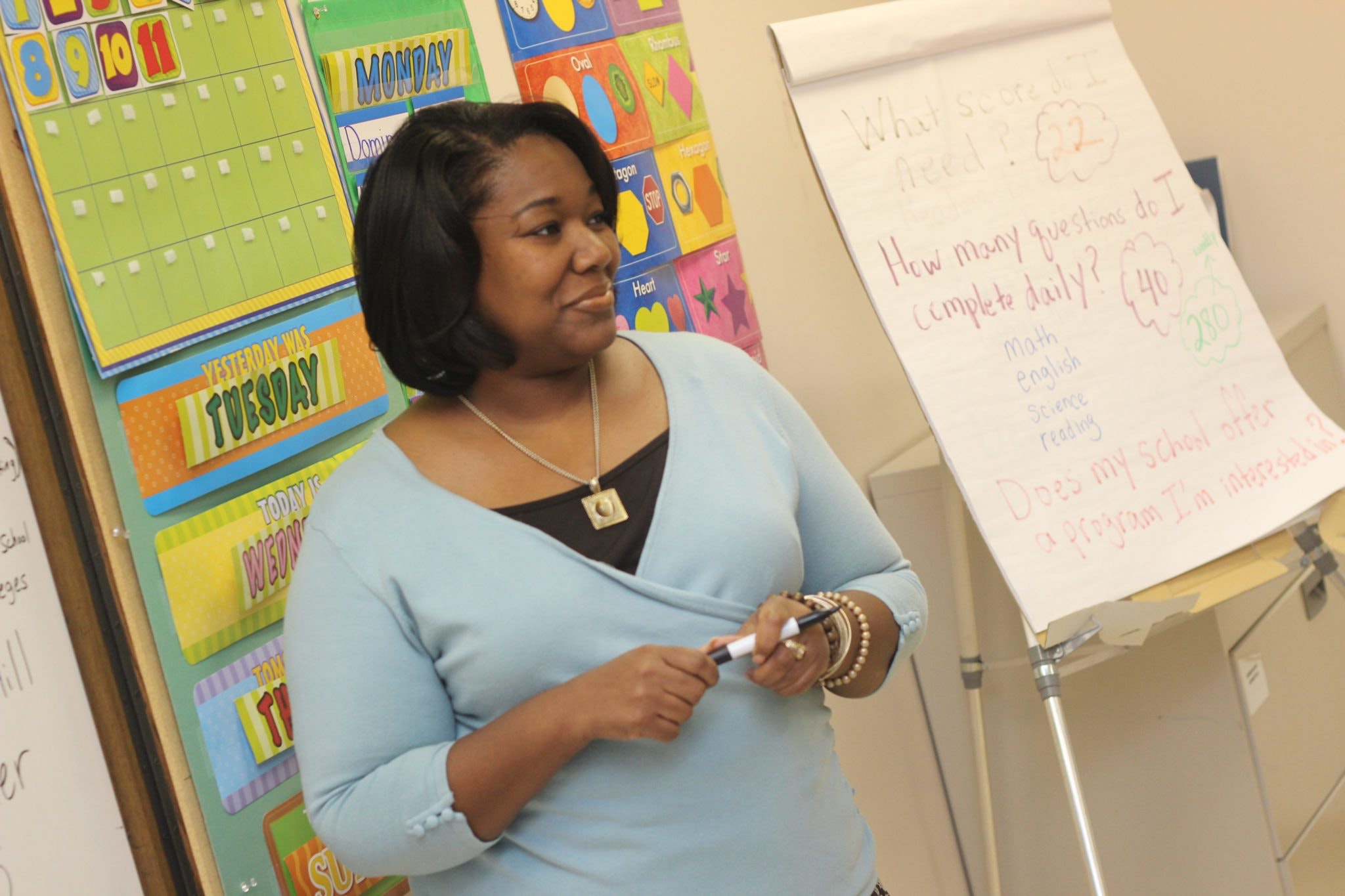It is Saturday morning – the first day of a three-day weekend, and the relief in my household is palpable.
My sixth-grader, in particular, has been experiencing many of the typical tragedies and dramas of middle school. But lately, I have noticed an uptick in some of the social tensions at school. At times, as she retells her travails at home, it seems like quite a few of the incidents could have been de-escalated with assistance from an adult to help children navigate those fraught middle-school waters.
Often, we ask “So, where was the teacher?” Often, we hear, “The teacher was out. Someone else was covering the class, and they were just sitting in the room.” Frequently, she can’t remember the name of the person who was covering the class.
Staffing in schools – having adequate adults in the building with the appropriate expertise – is in a true crisis right now. And that crisis is rubbing off perceptibly on the students (or at least on my children).
There Are Not Enough Adults in Buildings
In my own kids’ neighborhood CPS school, assistant teachers, teachers on their prep, school counselors, and even security guards are regularly covering classes, not substitute teachers. When school staff uses their limited non-student-facing-time to cover a colleague’s class, they have less focus and energy to engage students – especially students who need extra support or are carrying their own trauma and burdens. This is a product of fatigue and burnout – certainly not laziness or indifference toward the students.
I am not a teacher. But I take moments throughout my own workday to zone out, let my mind wander, make a cup of tea, recharge before my next meeting or task. Teachers and other student-facing staff are not being afforded that opportunity right now, and so they are left exhausted and burned out.
And, burnout is not only for the teachers. The school-level administrators are working impossibly hard to fill the gaps with scotch tape and baling wire. The principal at my kids’ school is trying – scheduling family nights, Motivation Mondays, theme weeks. But the problems are so much bigger than the tools at their disposal.
The biggest problems are happening at a policy level – at the district, city, state, and country. So much of it comes down to not having adequate adults with expertise in the building who are present, rested, and supported. COVID has exacerbated the problems of understaffing that already existed, in part by placing the burden of pandemic response on individual schools, without the resources to actually implement mitigations.
Innovation Requires More Adults
Early in the pandemic, there were a series of conversations about using the interruption of the pandemic to try to reimagine education. Even now there continue to be calls for innovation in the classroom. But without more support, there is no way – on a purely human level – that innovation can happen.
The teachers and school-level admins at my kids’ school care deeply about the school and about the students. But it is all so, so much. They are stretched so thin that there is no grace to try new things or think outside the box.
When there are too few adults in the building to support rested and present staff, I see the primary goal of the school becoming controlling the students rather than engaging them. Bell-to-bell instruction, punitive grading, denying recess as a “punishment” for misbehavior, and over-testing are all mechanisms of control that I see at my children’s school, and I am confident they take place across the district.
And the students end up suffering because of this. Children are like sponges, and they absorb the stress that the adults around them radiate. They chafe against the rigidity imposed by the exhausted adults in their radius.
The exhausted adults have to cling to whatever tools they have because they are too tired and burned out to try something new. The much-sought-after innovation cannot possibly happen in this environment.
We are at a moment – and it is slipping through our fingers – when we might actually be able to imagine public education forward. But it simply cannot be done without rested and present adults who are well-supported in their work. It takes a deep bench to get teachers excited enough about their day-to-day to try something new.
Kira Dault
Latest posts by Kira Dault (see all)
- Hey School Adults, It’s Time to Retire “Perfect Attendance” - March 21, 2022
- Research affirms full-day pre-K boosts attendance, but will Chicago make it more accessible? - February 23, 2022
- Public Education needs to be reimagined, but who has the energy? - February 21, 2022


1 comment for “Public Education needs to be reimagined, but who has the energy?”